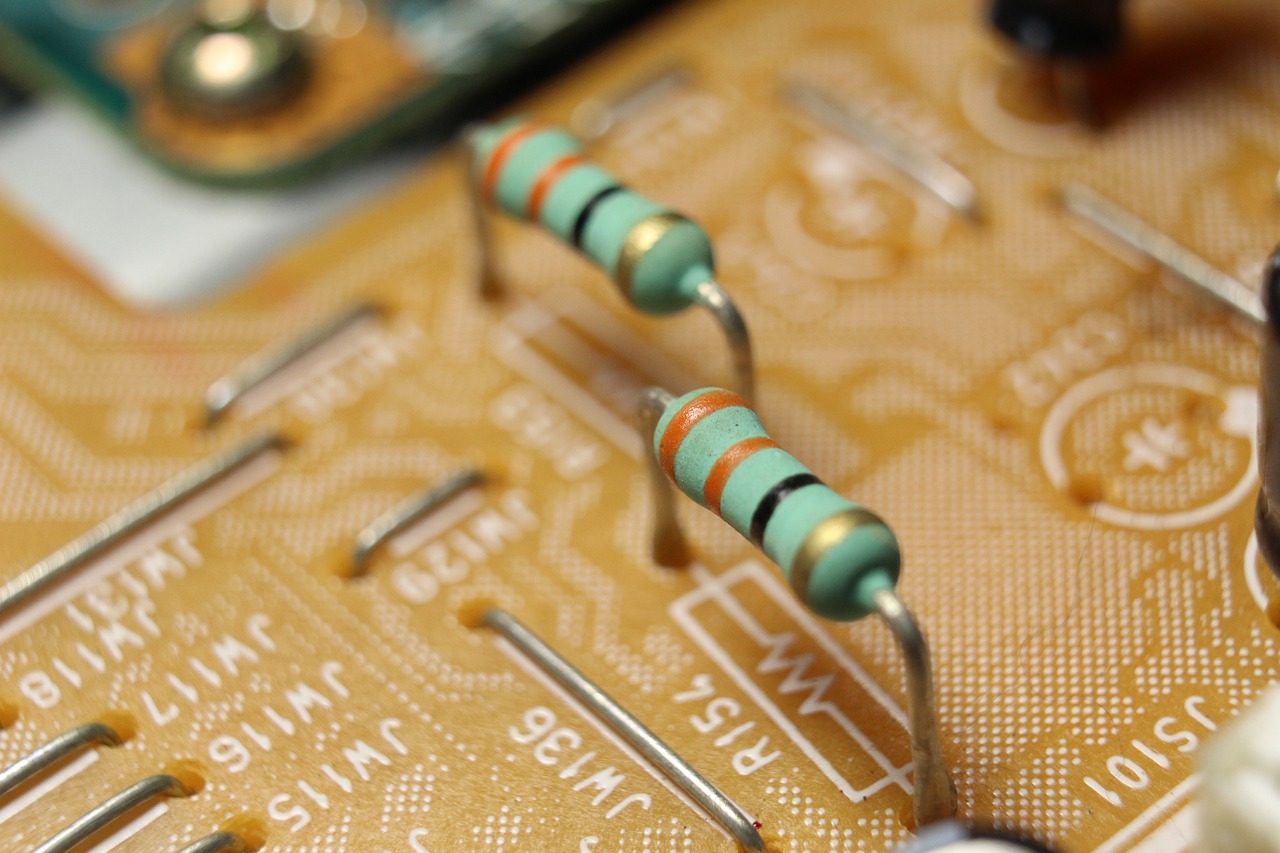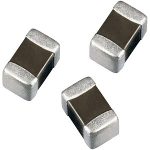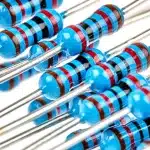
Zero-ohm resistors
A Zero-ohm resistors is simply a resistor with zero ohms. It’s a through-hole resistor that has been manufactured to have zero ohm of resistance and is marked with a single black band. A surface-mount ceramic resistor has single or multiple numbers of zeros to represent the zero-ohm resistance. It is pretty much like a jumper wire that is shaped like a resistor. Why do you need a zero-ohm resistor? Why not just use a jumper?
Uses of a Zero-ohm resistor.
An alternative for jumper wire
The use of jumpers in circuits is common. They allow for unmatched flexibility. However, they are only applicable if you are going to solder manually. That is not the case in mass production. Mass production involves pick-and-place machines which do not have the ability to handle jumper wires. An extra machine would be required for that making the cost of production to rise. To avoid that, a zero-ohm resistor is used. It saves both cost and assembly time.
Routing single layer Boards
It’s cheap to confine a design to a single layer PCB. Getting traces to their destination without overlapping is difficult when you have got a number of components on board. Zero-ohm resistor offers a good remedy to that. You can route a trace between the resistor’s pads to achieve that.
Preventing reverse engineering
Theft of intellectual property is rapidly on the rise world over. To prevent reverse engineering of your circuit, coat it entirely using epoxy. You should also consider using zero-ohm resistors to confuse copycats. Place zero-ohm resistors on certain tracks to mislead anyone trying to reverse engineer. Zero ohms with no markings are ideal in frustrating anyone trying to reverse engineer a circuit.
Grounding circuits
Mixed like digital and analogue circuits demand that separate two grounds are separated and connected at a single point. These two points can be connected using a zero-ohm resistor instead of connecting them directly. Using zero-ohm resistors enables you to divide them into two networks making it convenient when processing copper and other large areas.
Used as a fuse
PCB traces require large fusing current thus making it difficult to fuse its faults against short-circuits and over-current. The zero-ohm resistor is able to disconnect the circuit and prevent a large accident. This way, it effectively acts as low cost and efficient fuse.
You May like: Fuse Problems 101: Testing And Identifying Fuse Problems
Advantages of Zero-ohm resistors
There are other numerous ways of achieving what the zero-ohm resistor enables us to achieve. A jumper cable and an SPDT switch are good examples. The problem with these options is that they are costly. Zero-ohm resistors are low cost and offer excellent electrical performance. The other options introduce unpreceded complications like the high-on state resistance, human error while calibrating switch position and more debugging among others. Zero-ohm resistor offers an effective, affordable, compatible and reliable solution.
Summary
Despite being easily replaceable, the Zero-ohm resistor is very important. Its plays numerous critical roles in PCB circuits. It is also readily available from numerous online stores. It’s cost-effective and reliable.





















